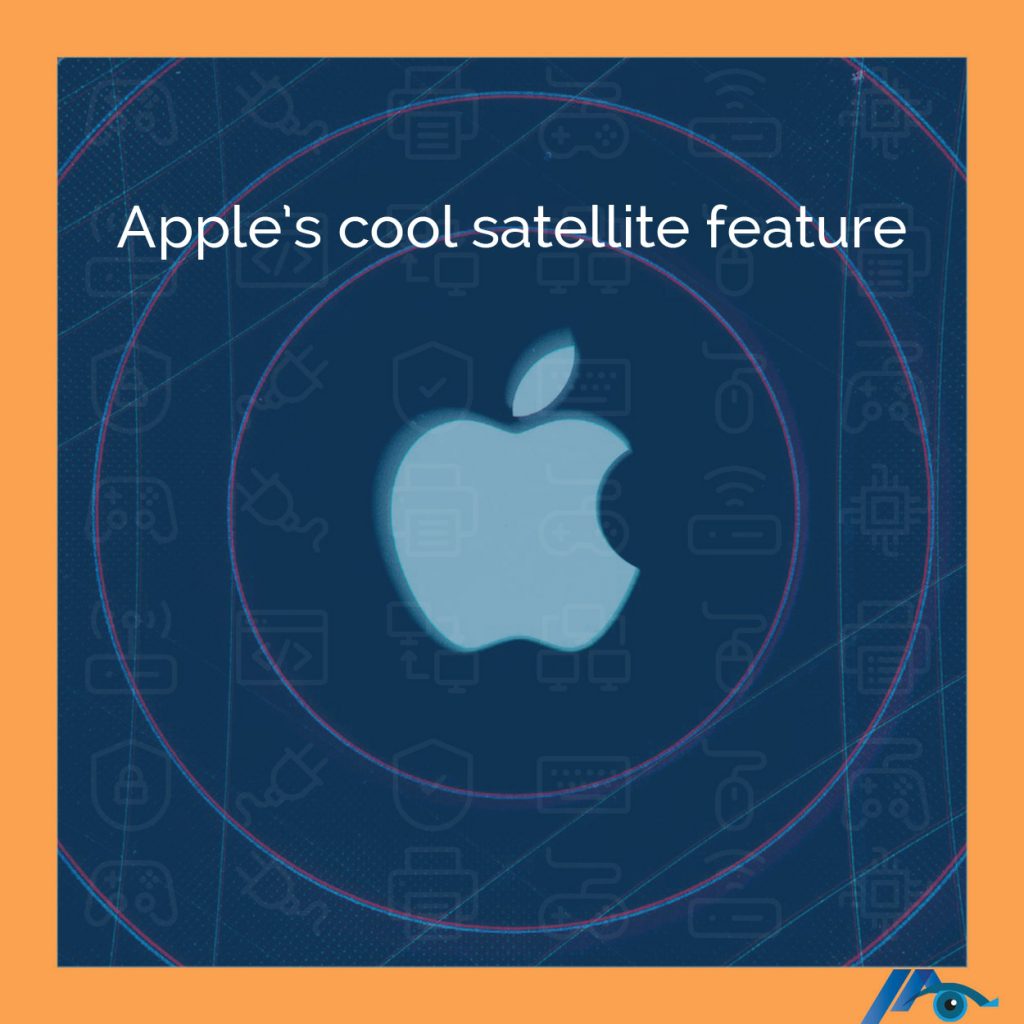
Apple wants to bring satellite capabilities to the iPhone, the focus will be on emergency situations. This allows users to send texts to first responders and instantly report crashes in areas without cellular coverage.
Apple has been working on the satellite technology for years, the idea has been around since 2017. At least two emergency features will rely on satellite networks. The aim is to release this feature in the future iPhone.
That’s led to a speculated conclusion that the iPhone will become something similar to satellite phones, users no longer have to rely on cell networks. But Apple’s plan is initially more limited in scope, with the focus on helping customers handle crisis scenarios. And though the next iPhone could have the hardware needed for satellite communications, the features are unlikely to be ready before next year, who asked not to be identified because the plans aren’t yet public. The features could also change or be scrapped before they’re released.
The Apple iPhone satellite features
The first part, currently being called Emergency Message via Satellite, will let iPhone users text emergency services and contacts over a satellite network when no cellphone signal is available. This feature will also be combined with the Messages app as a third protocol, alongside the standard SMS and iMessage, and appear with gray message bubbles instead of current green or blue. Feature number two will be a tool to report major emergencies, such as plane crashes and sinking ships, also using satellite networks.
The texting-via-satellite tool, codenamed Stewie within the Apple staff, will restrict messages to a short length. The texts will automatically push through to an emergency contact’s phone, even if the do-not-disturb setting is on. One planned design will let a user send the message by typing “Emergency SOS” where they would usually input a contact name. In addition to delivering texts, the service may eventually be able to handle some phone calls too.
Such an option will be useful in hilly areas and remote lakes and beaches, where 4G or 5G coverage may be unavailable. As part of its broader efforts, Apple has even considered eventually deploying its own satellites, but this feature is likely to rely on existing networks.
The second emergency feature is focused on letting users report a crisis. The phone will ask what kind of emergency is happening, such as whether it involves a car, boat, plane or fire. The system is also able to take more specific information, such as a person falling overboard or a ship sinking. It will ask a user if search and rescue services are needed, if there is suspicious behavior or weapons involved, and if a person has suffered a traumatic injury.
When reaching emergency services, the feature can send a user’s location and Medical ID, a virtual card in the Health app with a list of a user’s medical history, age, medications, and information like height and weight. It can also a notify a user’s emergency contacts, typically a person’s family, friends or doctors. To connect to satellites, Apple will need a special chip. While the company is developing its own custom cellular modems for use in the coming years, it still plans to rely on a Qualcomm Inc. modem in the near term.
Apple plans to introduce its latest iPhones as early as the middle of next month. Beyond the possible satellite functionality, the company plans to include a narrower display cutout with an updated Face ID system and a faster processor. The new model also will have significant camera hardware and software upgrades.
Miracle offers an extensive range of ITServices across cloud data centers management portfolio covering Data Center Operations & Transformation, CloudITServices and Hybrid cloud infrastructures. We offer these next gen security solutions to each of our all different industry clients. Our approach will make your organization more responsive and more agile in keeping up with the competition.
Visit our website: https://www.miracletechs.com/
- Security threats are ever-evolving. So, are the counter security strategies.
- Our NY based fortified managed IT services security shield includes:
- Enterprise firewalls (Checkpoint, Cisco, PaloAlto, Sonicwall, Fortinet, Watchguard…)
- IPS (Intrusion Prevention), IDS (Intrusion Detection)
- Anti-Virus, Anti-Spyware, Anti-Malware, Anti-Ransomware
- Email gateways
- Proxy Servers
- MFA (Multifactor Authentication) solutions